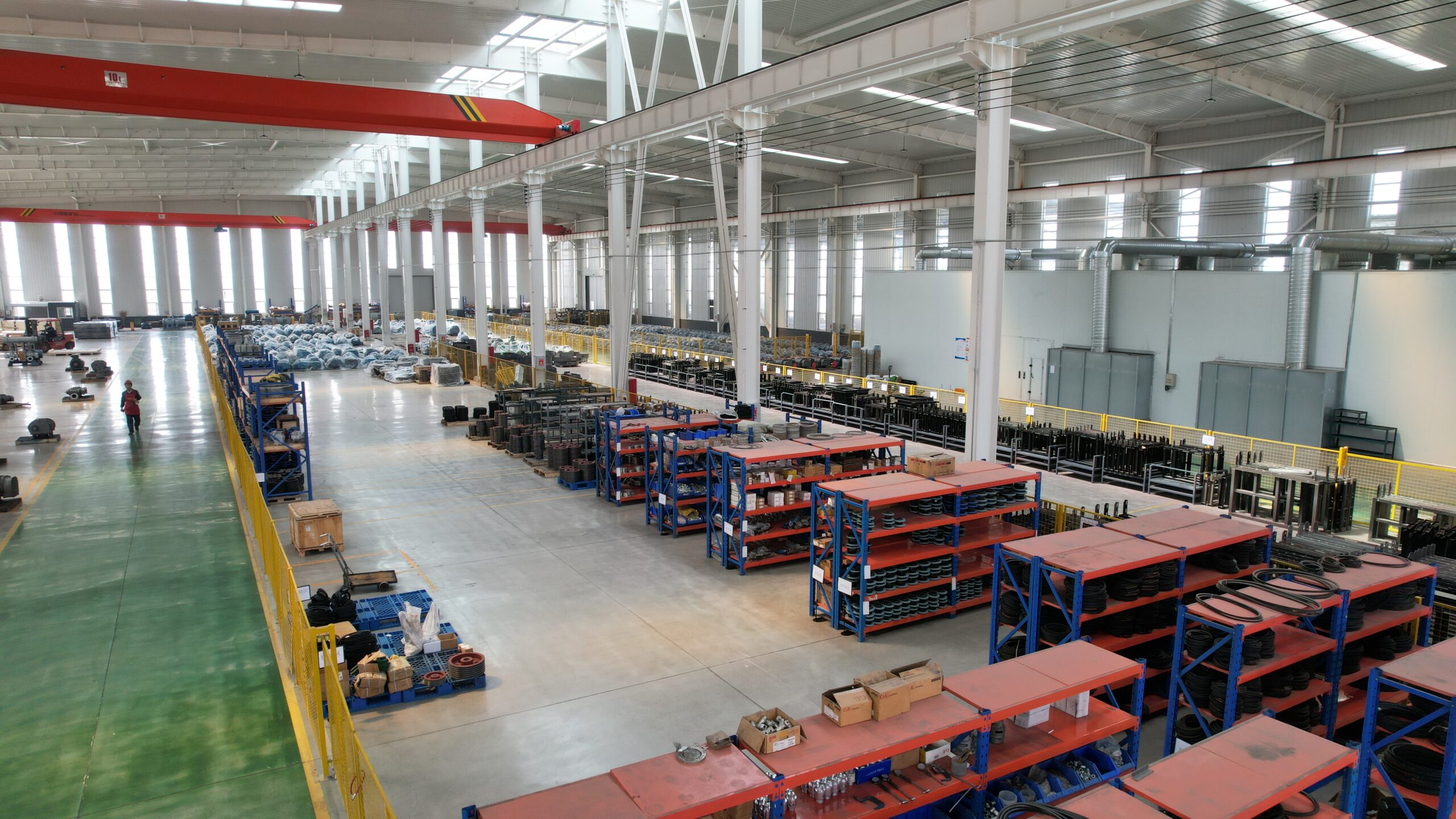Analysis of the application of Roots blower in Maerz kiln
Maerz kiln (with roots blower) is a double-chamber vertical kiln, mainly used for lime calcination production. It has the advantages of unique structure, high thermal efficiency and good product quality, and has been widely used in the lime production industry. Its working principle is to use two kiln chambers to alternately calcine and store heat, and through reasonable airflow organization and heat exchange, the limestone is decomposed into lime at high temperature.
The role of Roots blower in Maerz kiln
Combustion air supply: The calcination process of Maerz kiln requires a large amount of air to support the combustion of fuel to provide sufficient heat to decompose limestone. Roots blower can stably and reliably deliver air to the kiln’s combustion system to ensure full combustion of fuel and provide the necessary high temperature environment for the calcination of limestone.

Airflow regulation in the kiln: The airflow distribution in the Maerz kiln is crucial to the calcination effect. Roots blowers can control the speed and direction of the airflow in the kiln by adjusting the air volume, so that the airflow is evenly distributed in the kiln, ensuring that the limestone can be fully calcined in all parts of the kiln, and improving the quality and output of lime.

Cooling air supply: In the production process of the Maerz kiln, the calcined lime needs to be cooled to prevent the lime from overheating and affecting the product quality and subsequent transportation and storage. Roots blowers can provide cooling air for the cooling system to cool the lime to a suitable temperature for subsequent processing.
Key points for selecting Roots blowers
Air volume: According to the production scale, fuel type and combustion method of the Maerz kiln, the required combustion air volume and cooling air volume are accurately calculated, and the Roots blower with appropriate air volume is selected to meet the normal operation requirements of the kiln.
Air pressure: Considering factors such as the height of the kiln, pipeline resistance, and the working pressure of the burner, the air pressure required by the Roots blower is determined to ensure that the blower can overcome the system resistance and smoothly transport the air to the designated position in the kiln.
Material: Due to the harsh working environment of the Maerz kiln, there are factors such as high temperature and dust, so it is necessary to select Roots blower materials with good wear resistance and corrosion resistance to extend the service life of the blower.
Motor power: According to the air volume, air pressure and transmission mode of the blower, select a motor with appropriate power to ensure that the motor can provide sufficient power for the blower, while avoiding motor overload or insufficient power.
Application advantages
High reliability: The Roots blower has a simple structure, stable operation, and convenient maintenance. It can operate reliably in the long-term and continuous production process of the Maerz kiln, reducing production interruptions caused by blower failure.

High efficiency: The Roots blower has high volumetric efficiency and mechanical efficiency, and can effectively convert electrical energy into kinetic energy and pressure energy of air, providing efficient air delivery services for the kiln and reducing energy consumption.
Good adjustment performance: The Roots blower can flexibly adjust the air volume by adjusting the speed, inlet guide vanes, etc. It can quickly and accurately adjust the air supply according to the different production conditions and process requirements of the Maerz kiln to achieve the optimized operation of the kiln.
Problems and solutions in application

Noise problem: Roots blowers may generate loud noise during operation, which may affect the working environment and the health of operators. Solutions include adopting noise reduction measures such as soundproof covers and shock-absorbing pads, regularly maintaining and servicing the blowers, ensuring that the parts of the blowers are in good operating condition, and reducing the increase in noise caused by wear or loosening of parts.http://cnrootsblower.com
Blocking problem: Due to the presence of impurities such as dust in the kiln, the air inlet or pipeline of the Roots blower may be blocked, affecting the normal operation of the blower. Solutions include installing filters at the air inlet of the blower, regularly cleaning the dust in the filter and pipeline, strengthening the control of dust in the kiln, and reducing the impact of dust on the blower.
Wear problem: During long-term operation, the impeller and casing of the Roots blower may be worn due to friction with media such as air and dust, affecting the performance and service life of the blower. Solutions include selecting suitable wear-resistant materials, surface treatment of easily worn parts, such as spraying wear-resistant coatings, etc., regularly checking the wear of the blower, and replacing severely worn parts in time.

